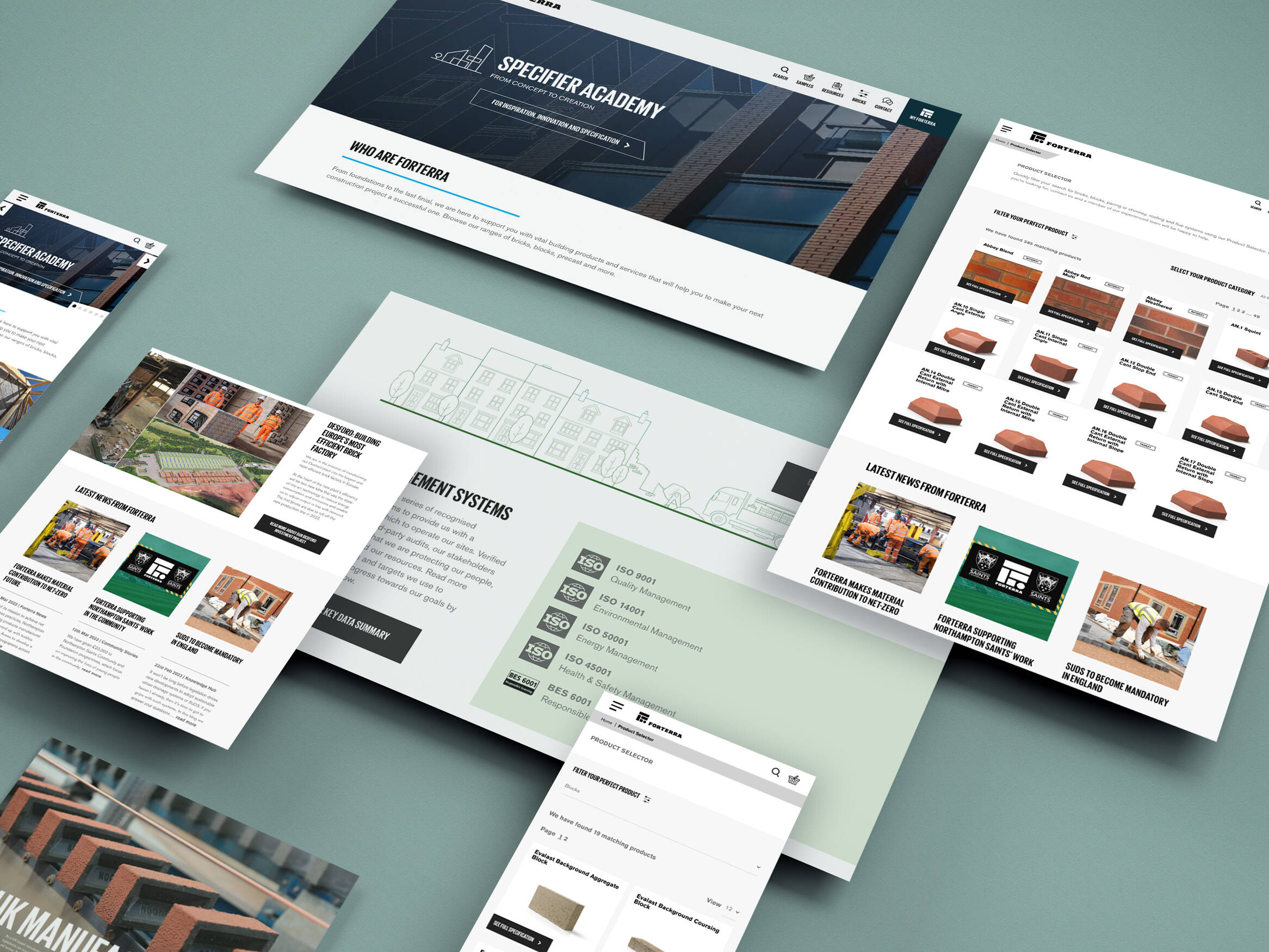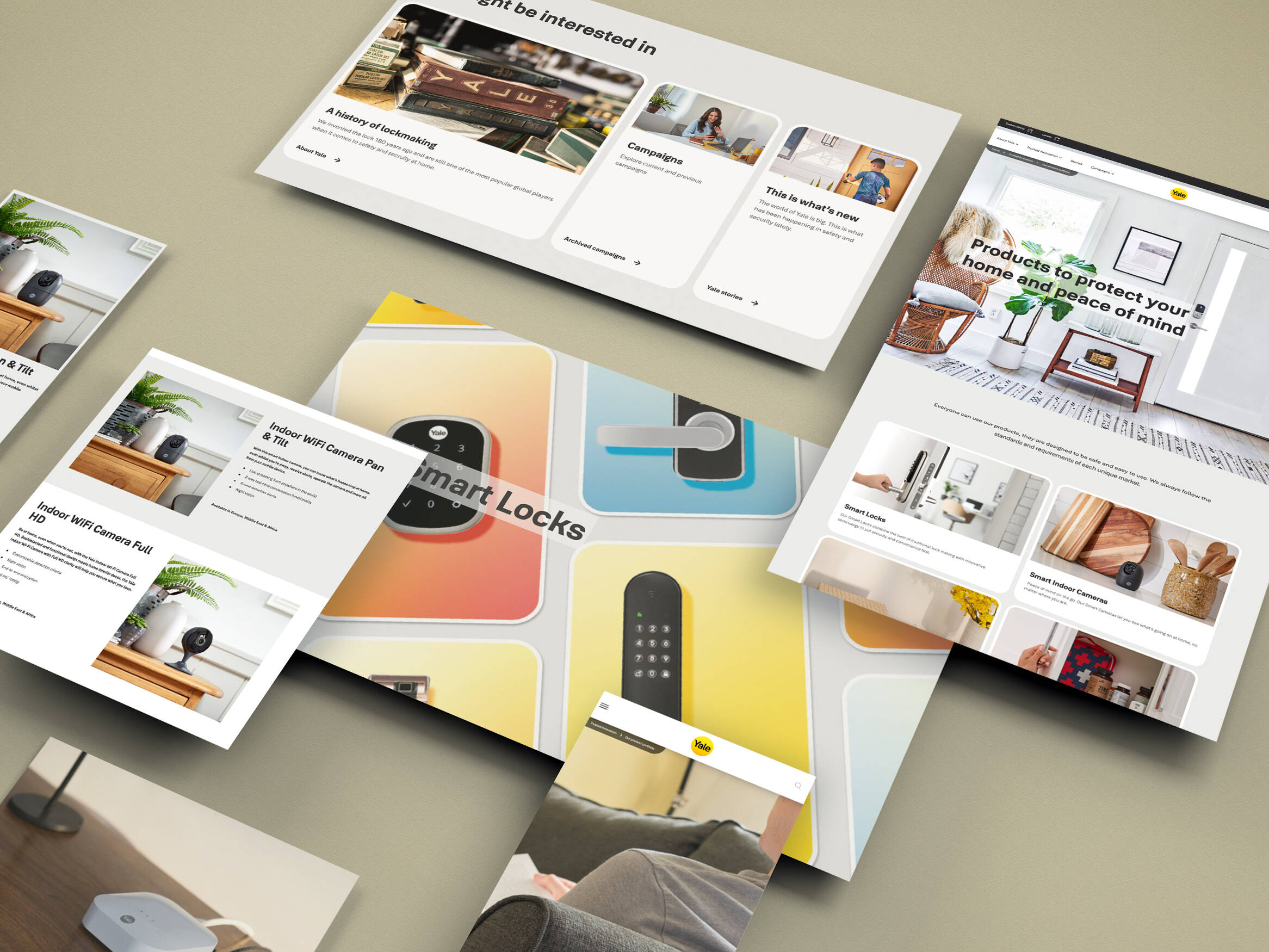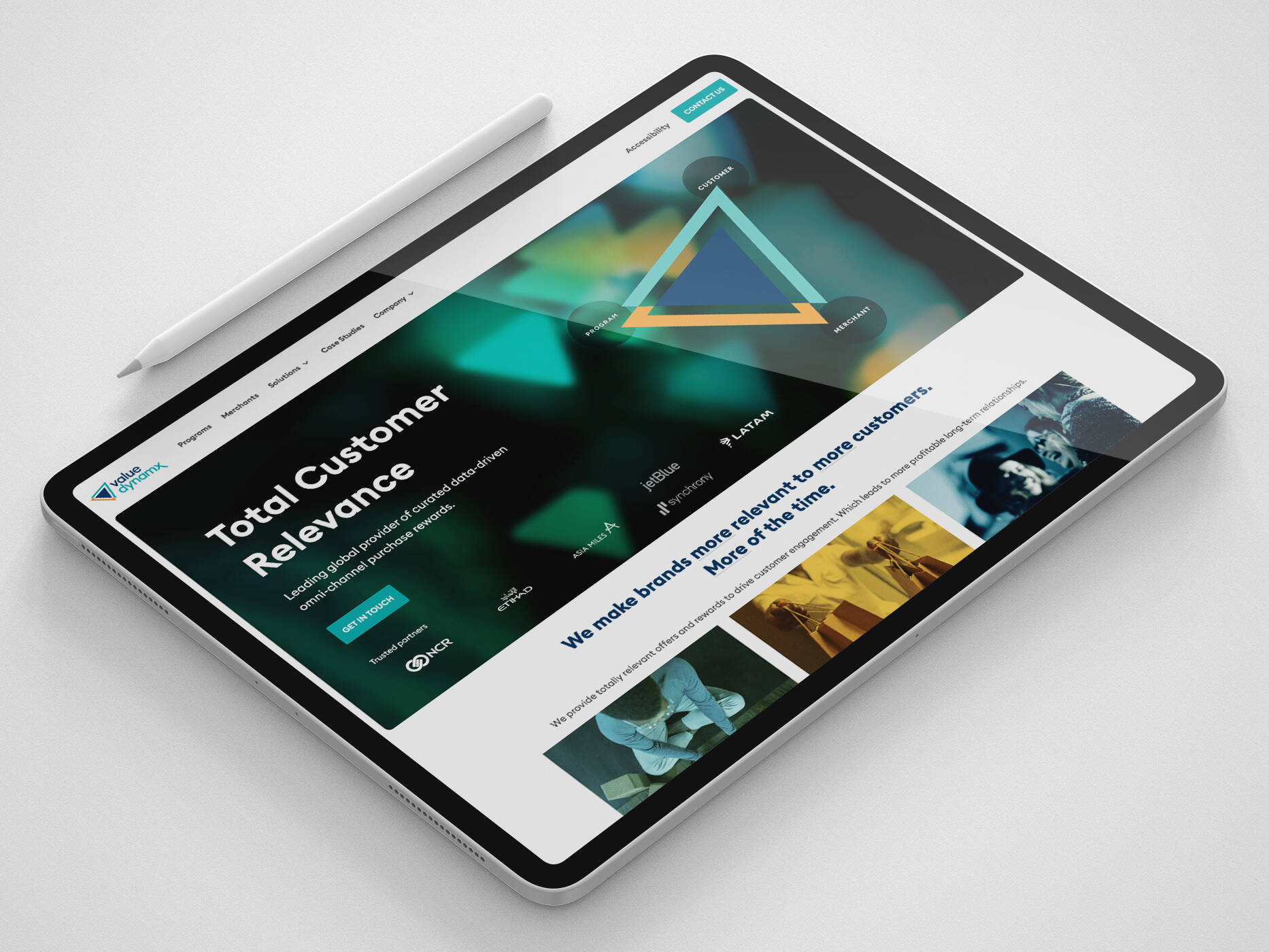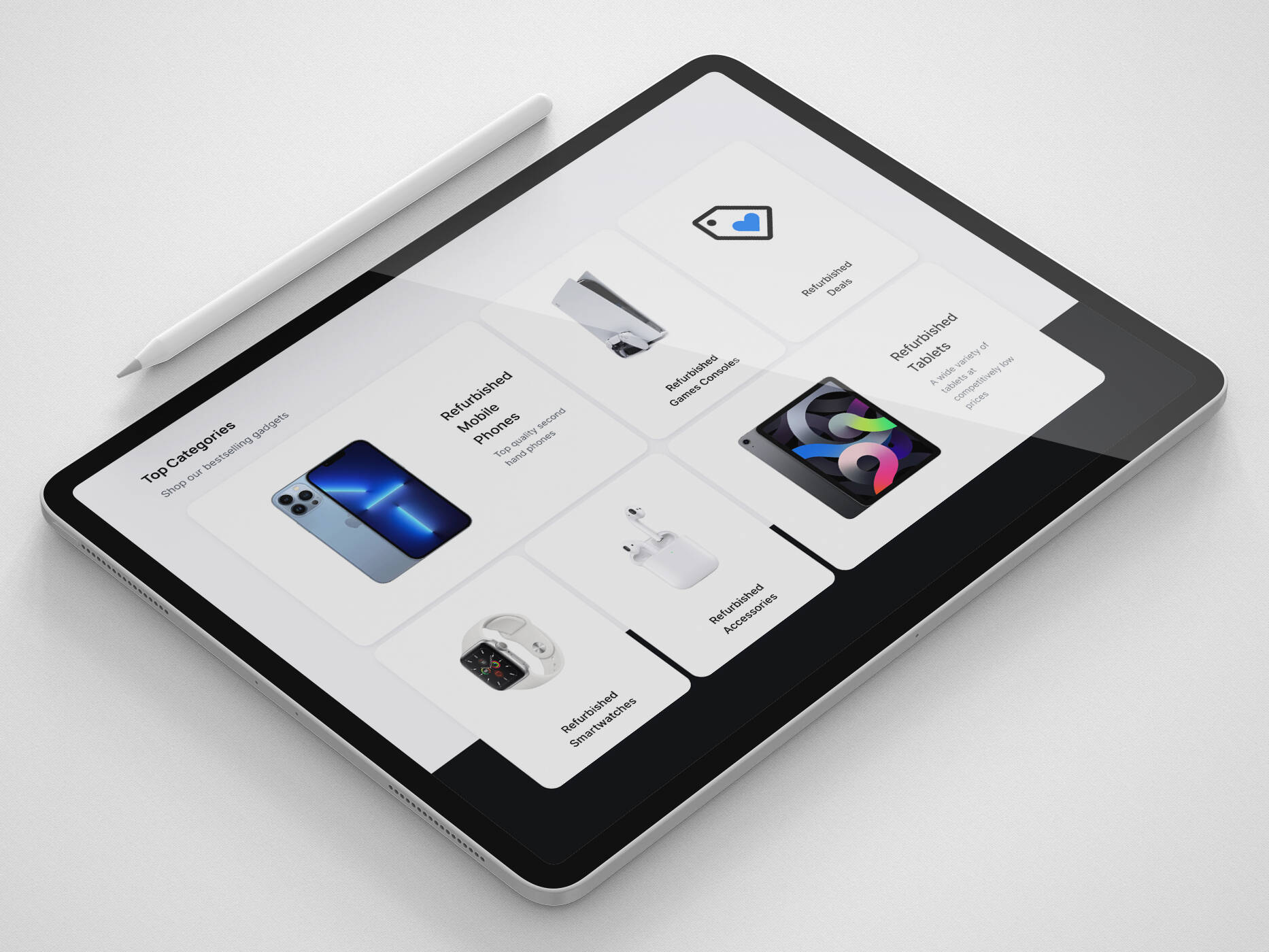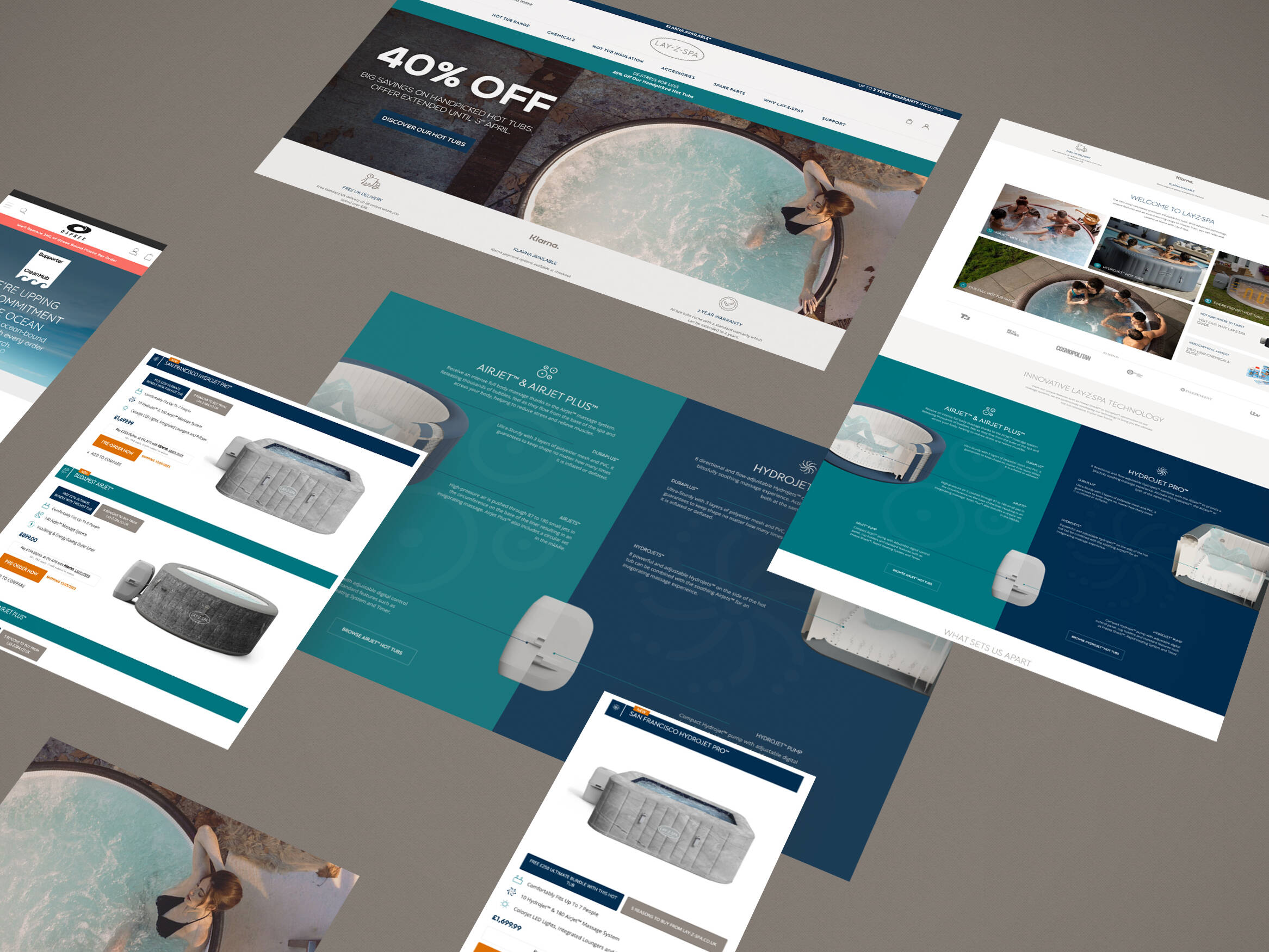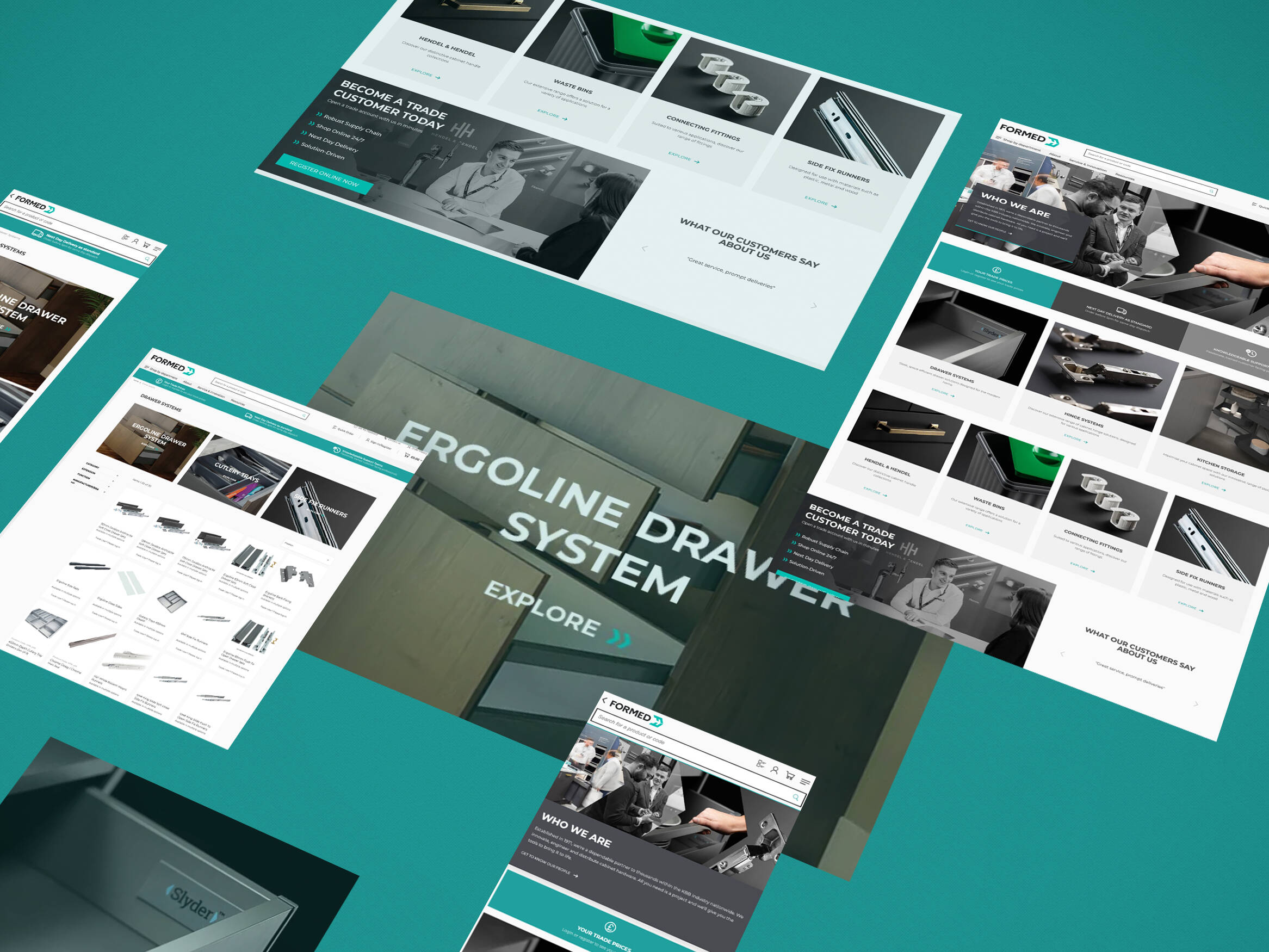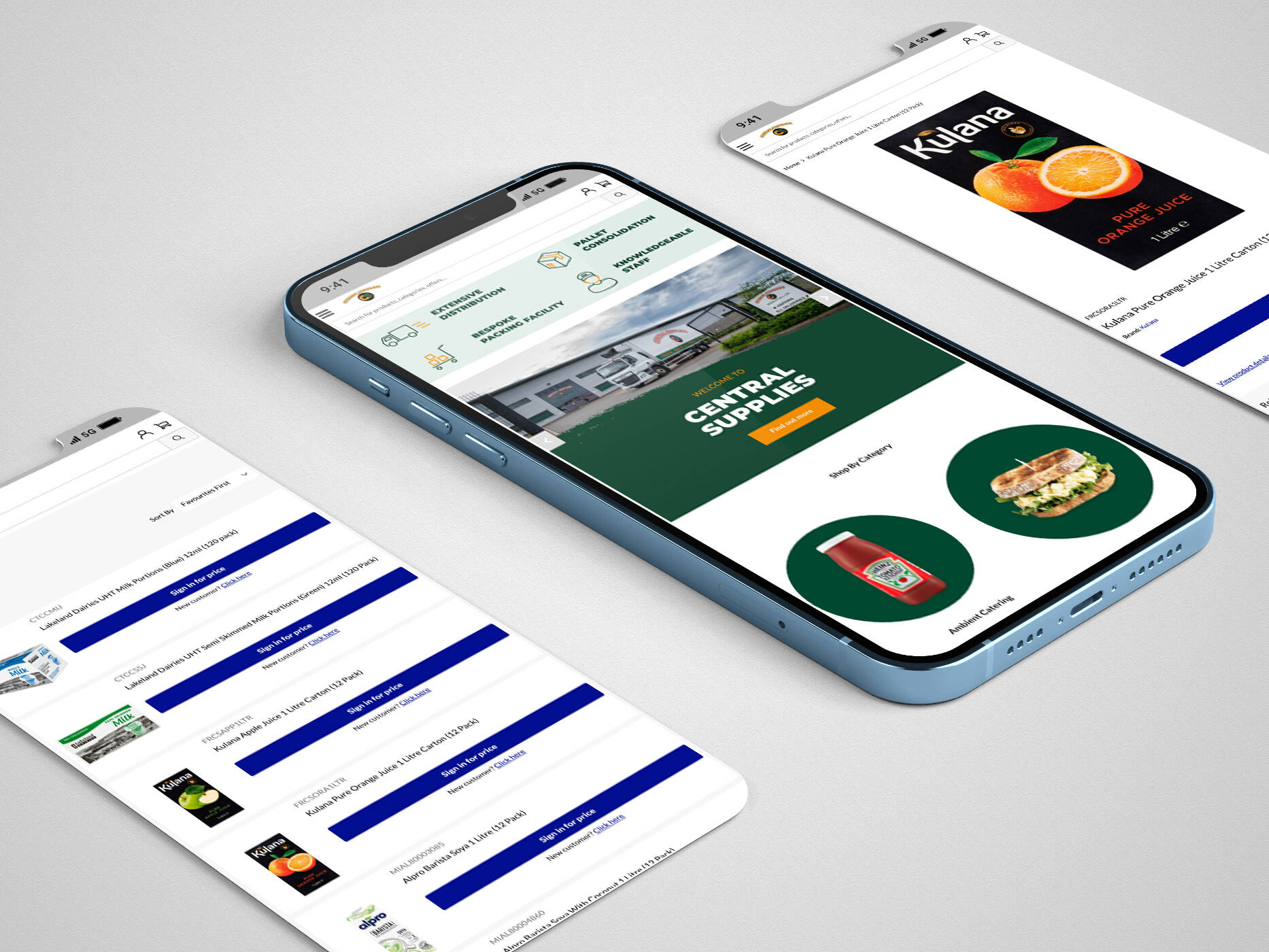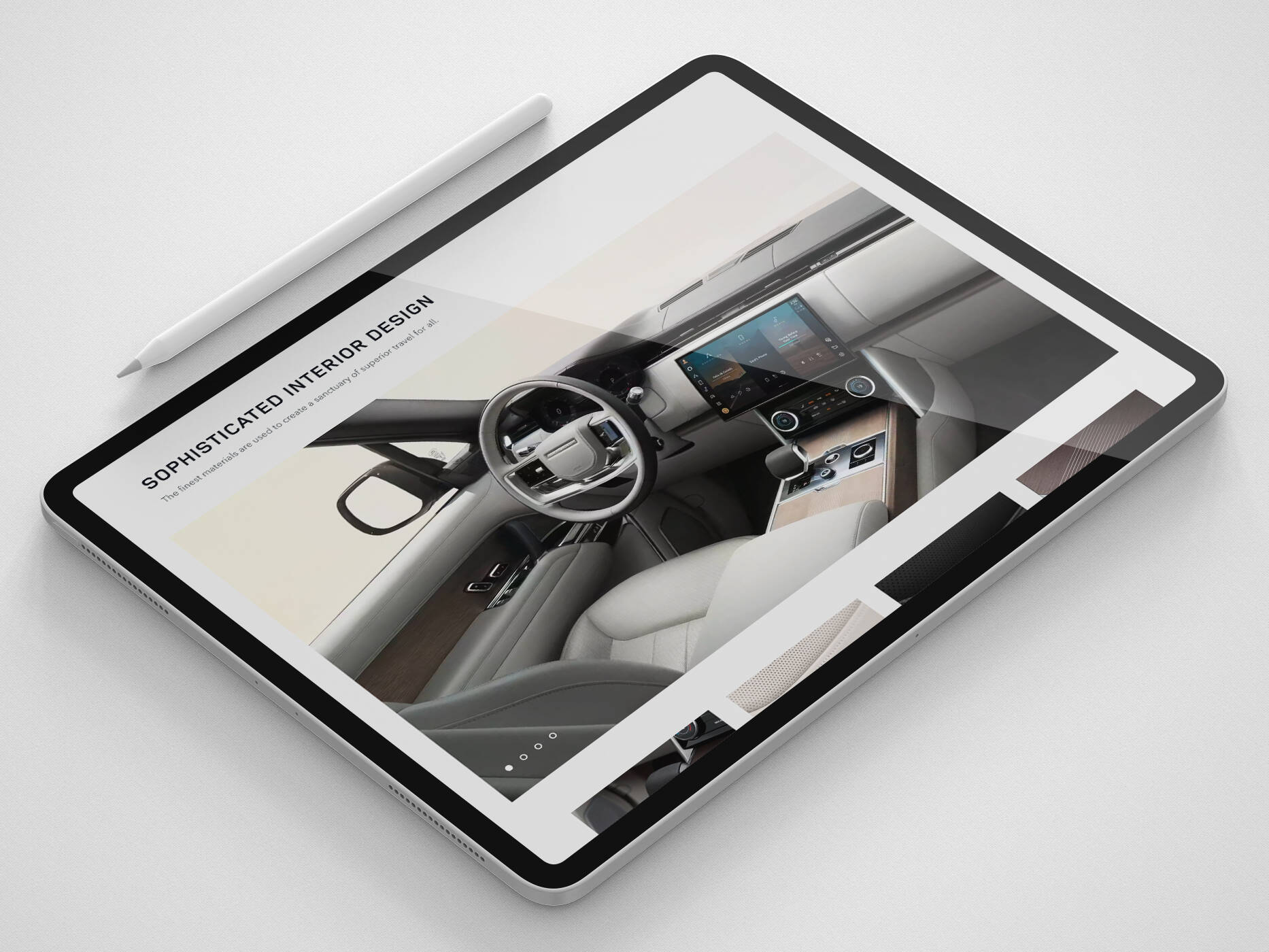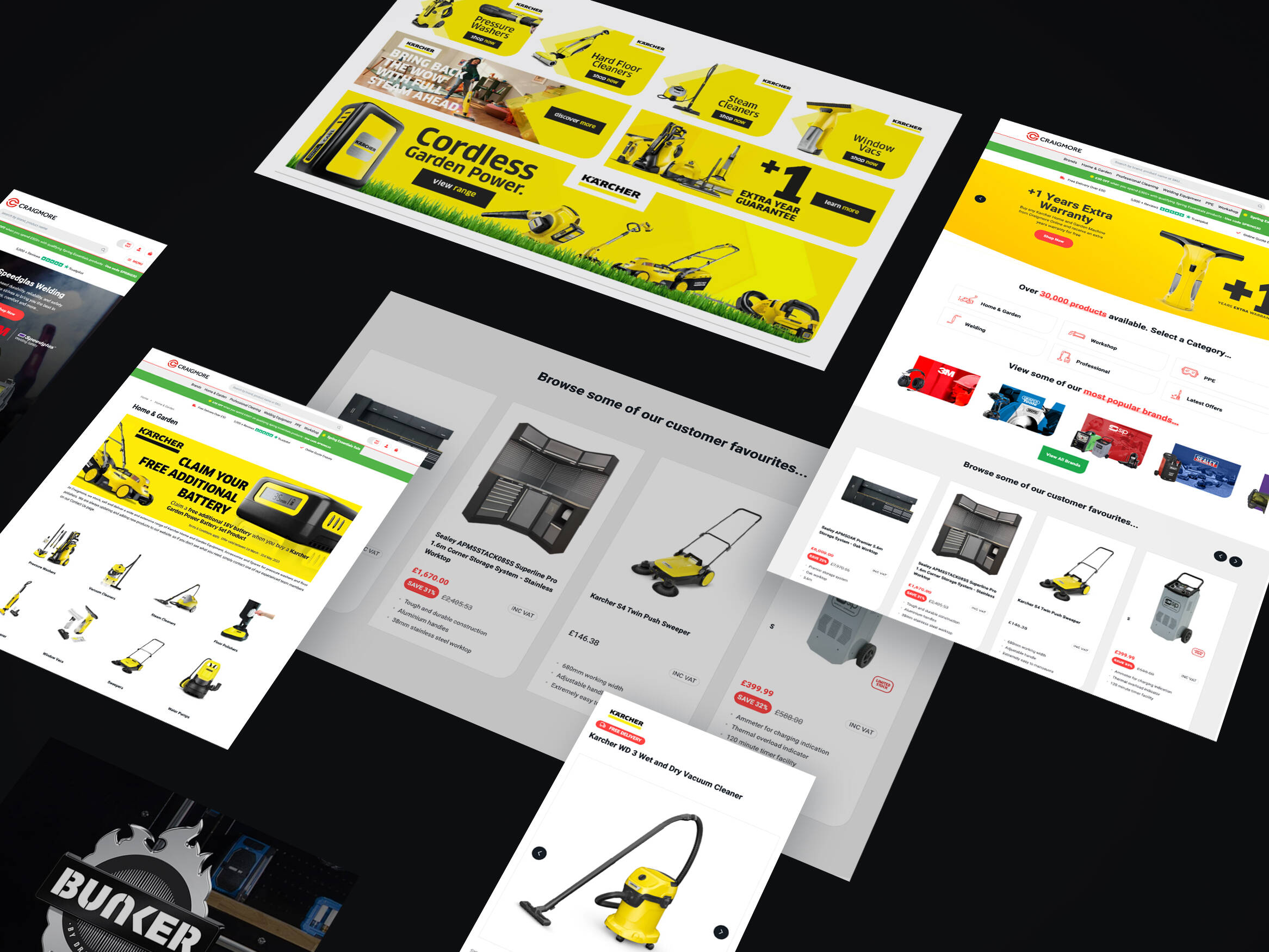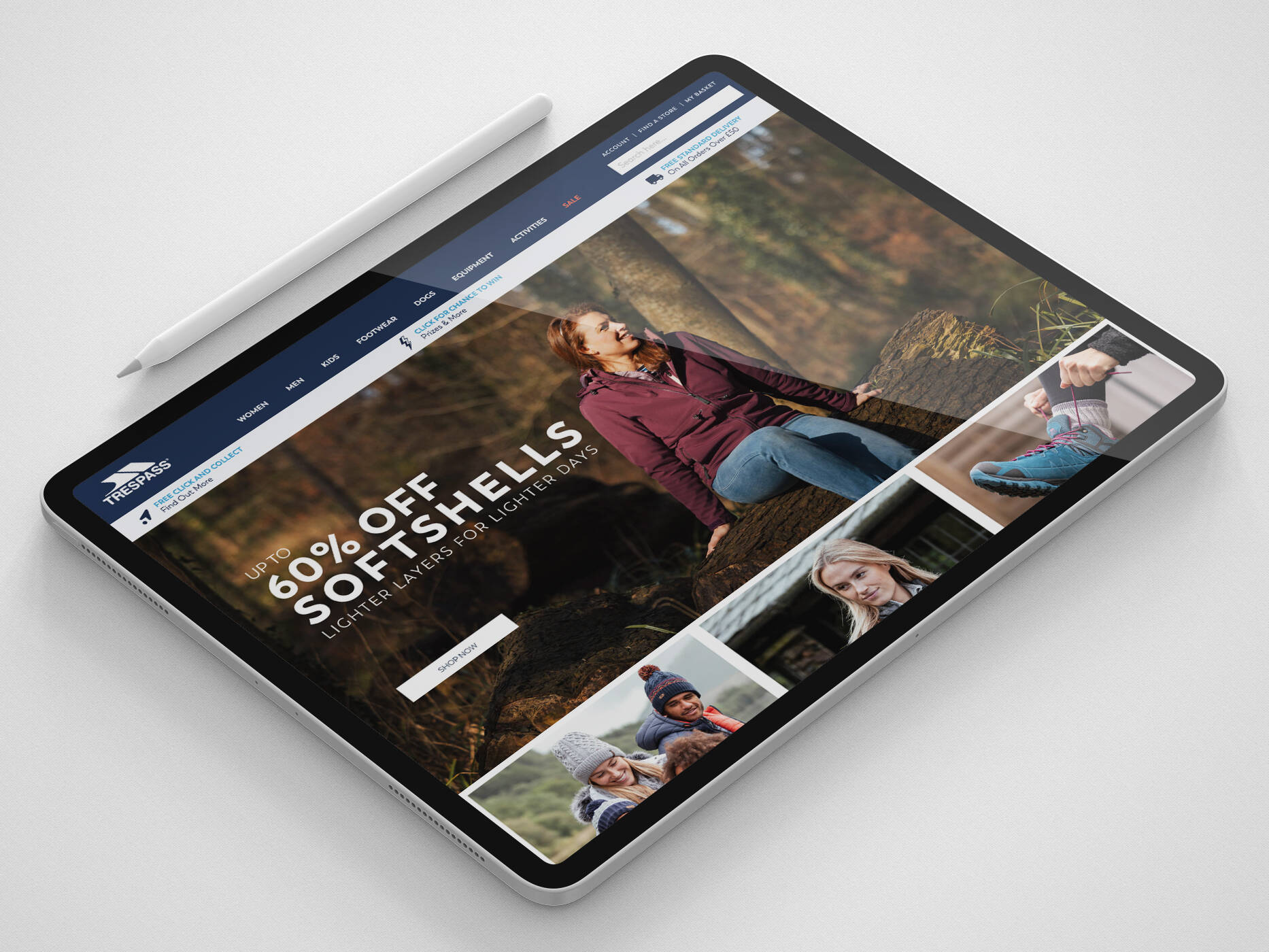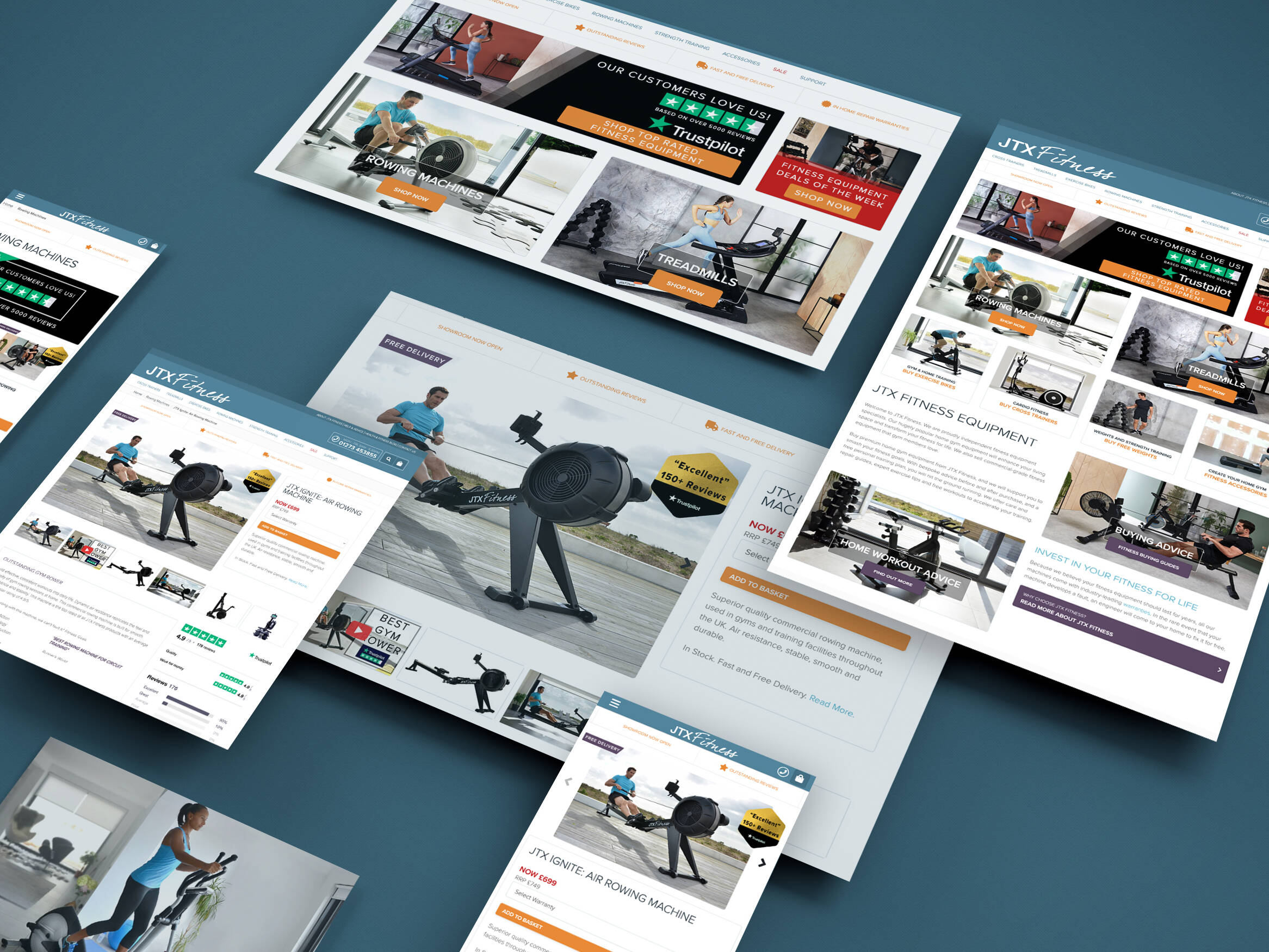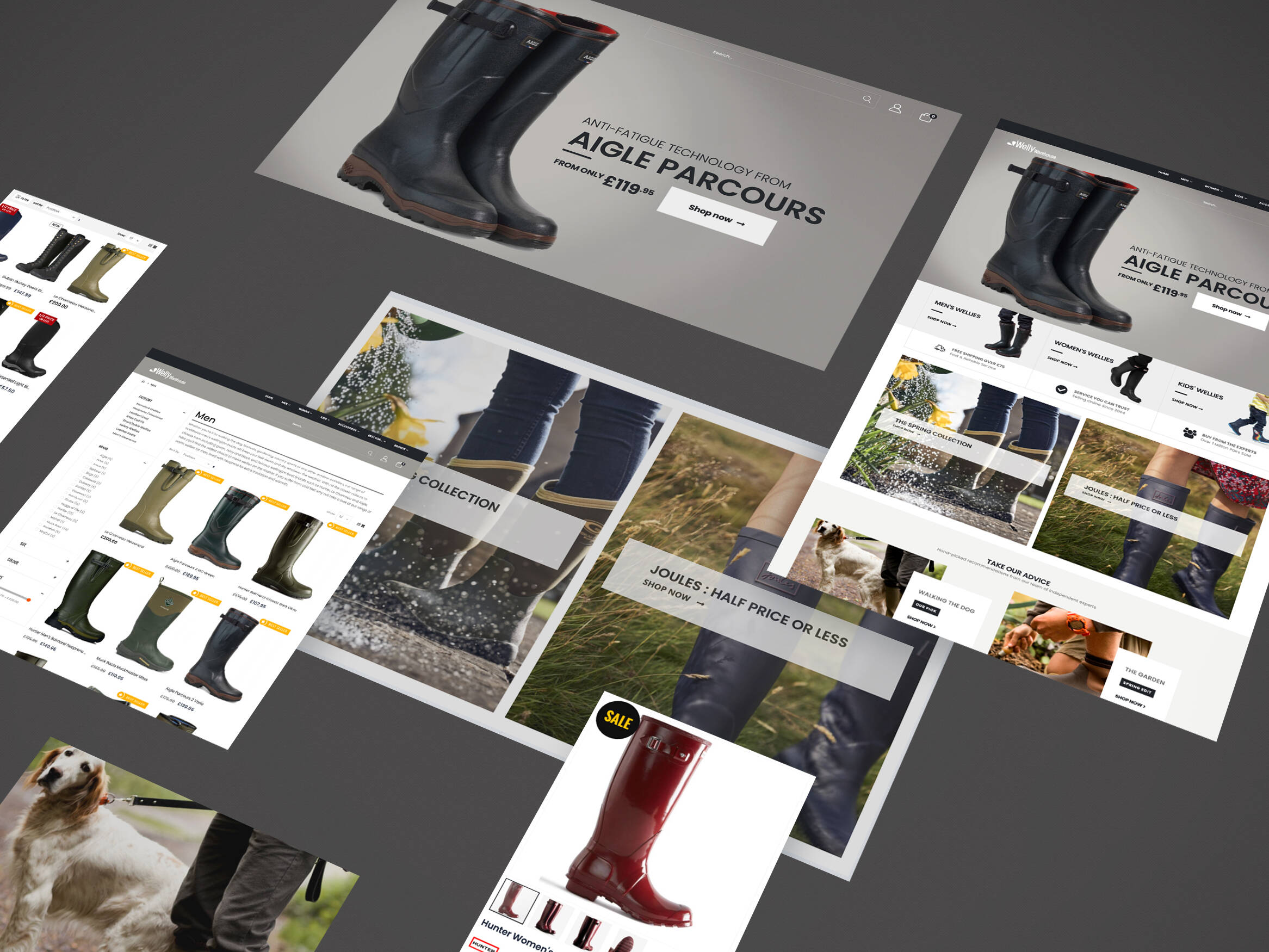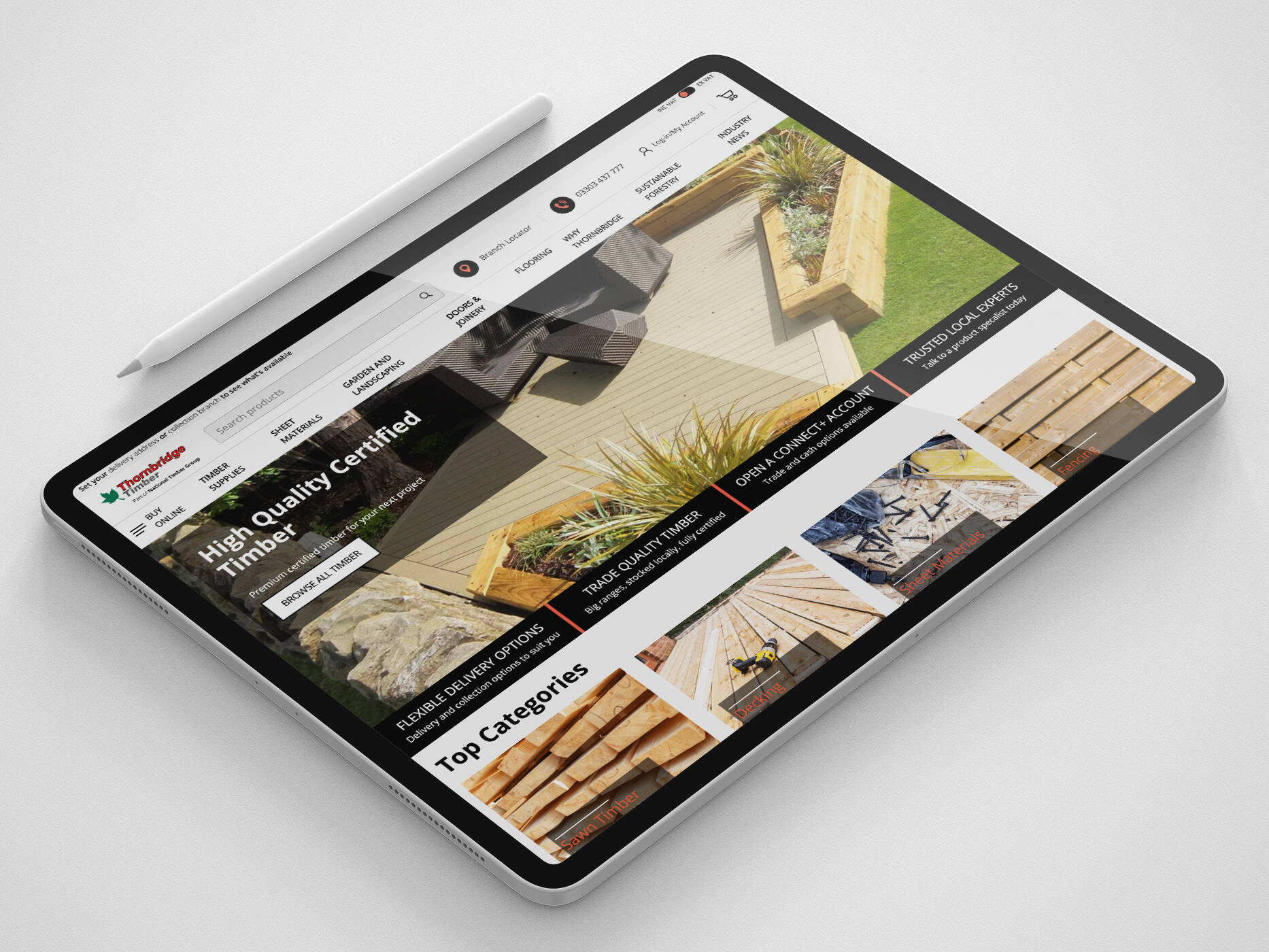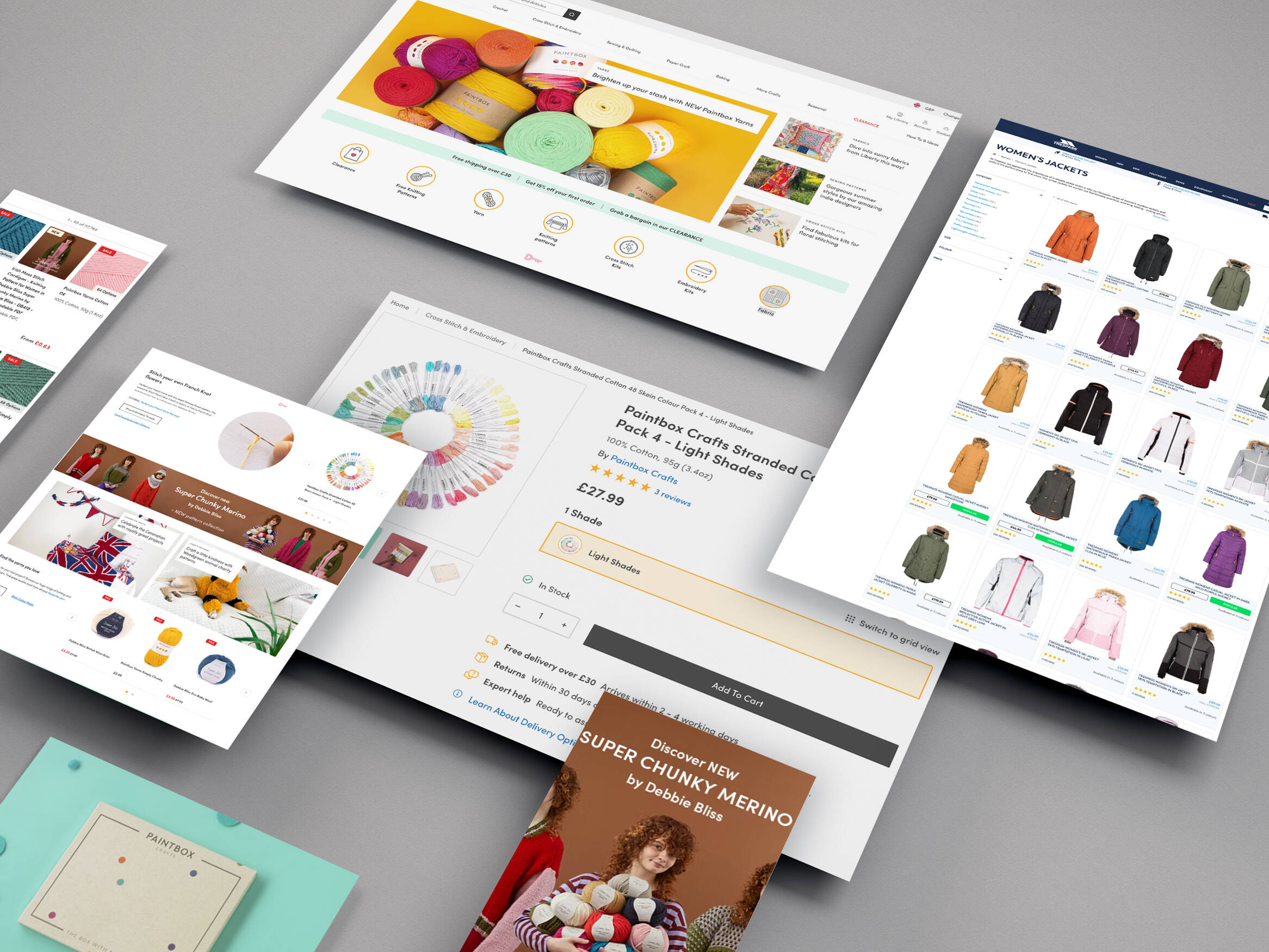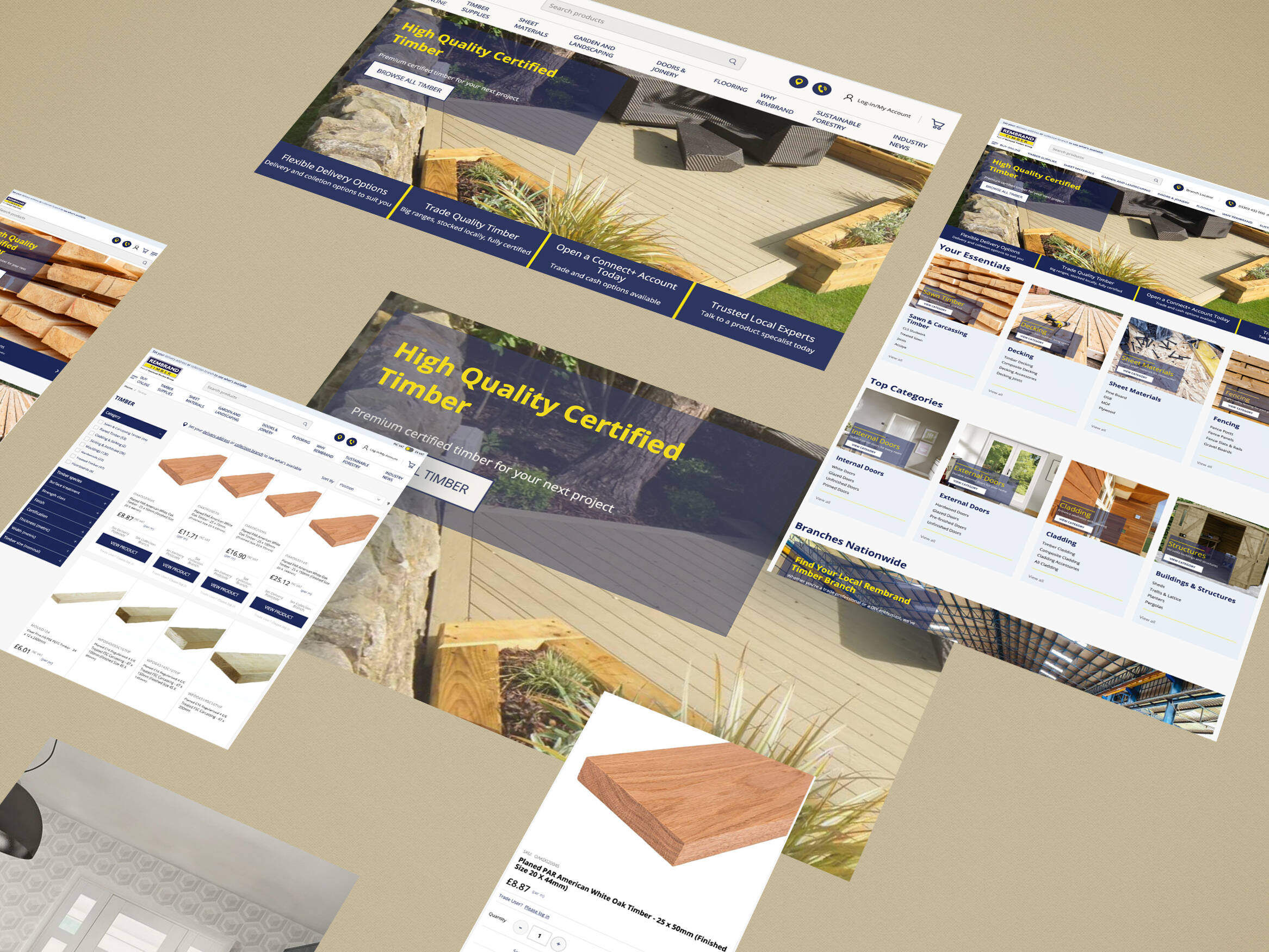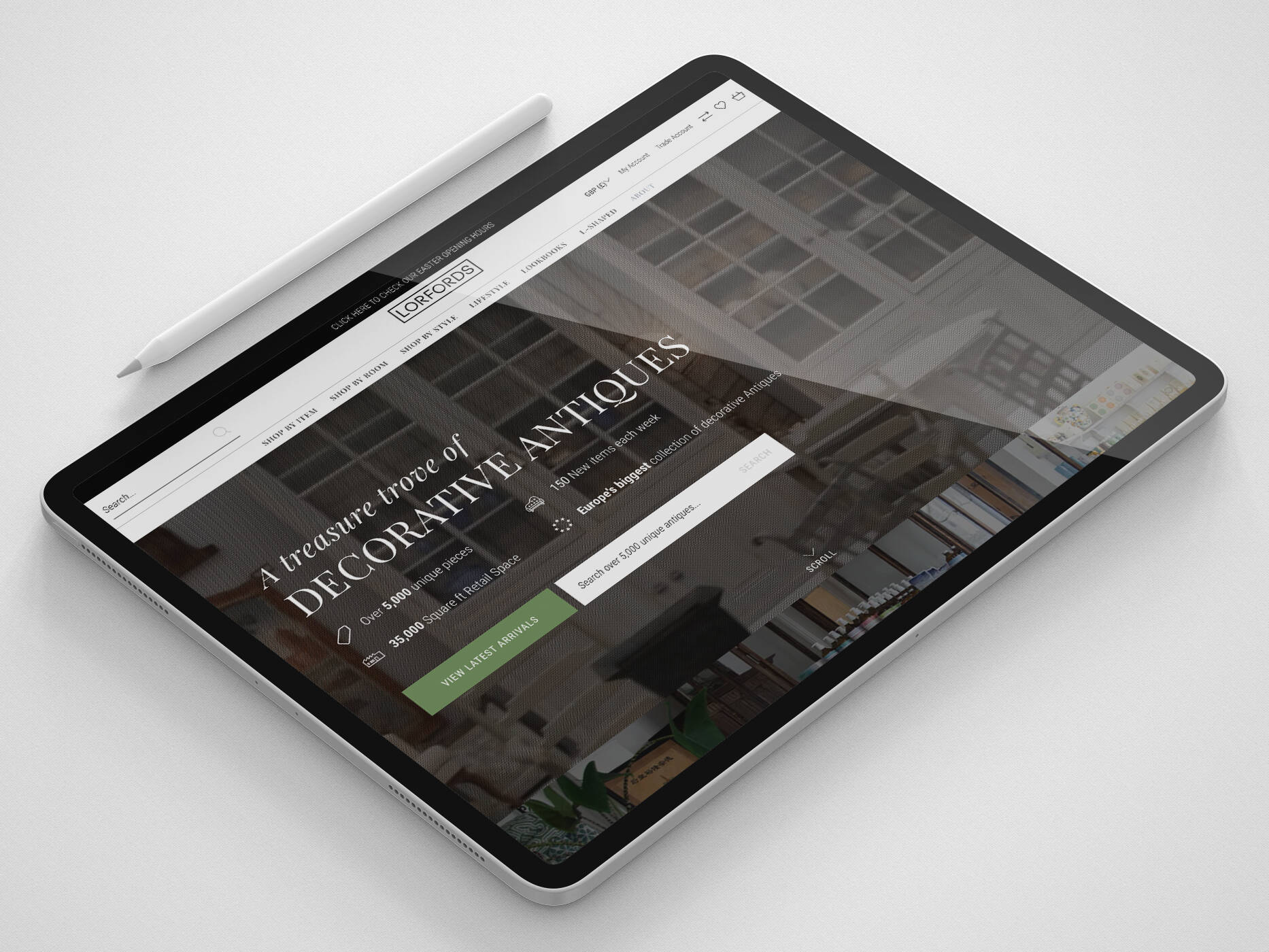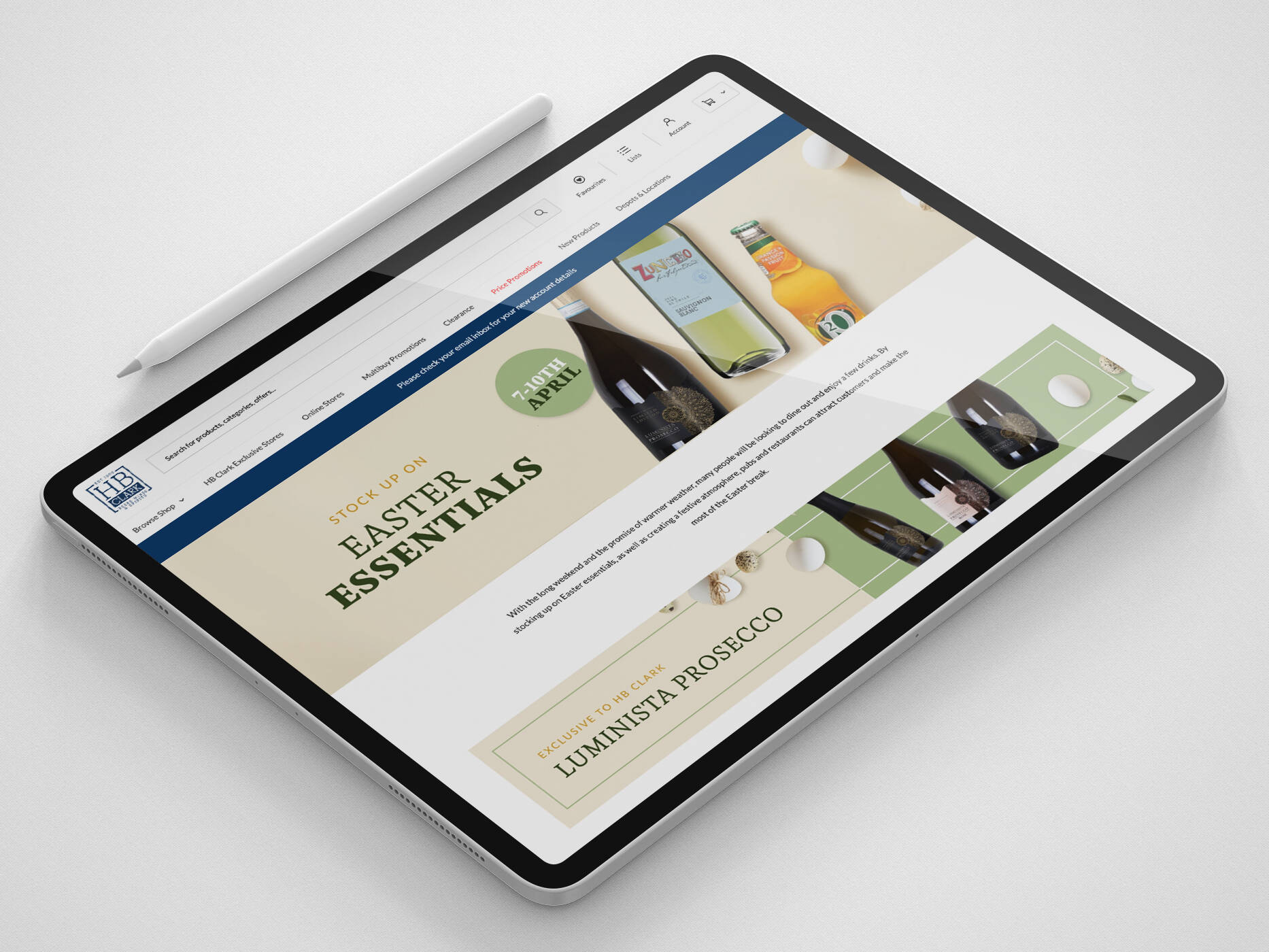Do Conversion Rate Optimisation (CRO) is a common term within the eCommerce and digital industry and a lot of businesses claim to be implementing it, with lots of agencies claiming to be experts in it.
But just what does it mean and how can you ensure you really are engaging in effective CRO? Here to investigate is Tom Johnson, the Head of Marketing at The Filter, who has nearly ten years experience in marketing and digital.
Put simply, Conversion Rate Optimisation is all about designing and continually optimising your online presence (mostly focusing on your website) to ensure that users perform the action that you want them to. For eCommerce sites, 99% of the time that key action is going to be a purchase. For service sites, it could well be a form completion for lead generation.
Saying you are carrying out CRO is one thing, but what sort of things should you actually be doing?
Start With UX, But Don’t End There
People define User Experience (UX) or Customer Experience (CX) in different ways. Regardless, when you’re designing and building your digital space in the first place, you need to ensure that a good “experience” for visitors for the site has been considered. And that good experience needs to have the goal of a conversion at the end of it.
A well-designed web presence should consider things like intuitive navigation, smooth user journeys, no dead ends and clean, easy to use action points like buttons, forms or content viewing areas.
Designing your site with good experience in mind is fine, but you can’t then assume that when it goes live, the job is done. Not everyone who lands on the site will have a good experience. Every user to your website is different, they have different needs, different behaviours and different aims. Therefore, your CRO work doesn’t end when your site has gone live.
Continual Optimisation
You may be confident in the UX of your website and digital presence, but you can only really know whether it is working when people begin to interact and use your site. That’s the moment that CRO really begins.
Continual optimisation of your site is imperative for continuous improvement and achieving those all-important marginal gains. From these regular enhancements, you can make such a difference to both the experience of your customers but also your bottom line.
So, what can you do to continually optimise your site?
User testing – There’s nothing better than getting feedback from the people who use your site. Recruit a number of people who either are your customers or fit their profile. Then interview them about your site and their experience of it. Don’t forget to observe how they interact with it in real-time.
Use monitoring tools – User testing is fantastic but you’ll tend to only be able to speak to a small sample group. Why not implement monitoring tools on your site which will be able to observe the behaviour of all of your visitors? From that, you can produce useful things like heatmaps, click flows and video recordings of how they interact.
Test, test and test again – A/B and multi-variant testing is incredibly powerful in identifying marginal gains on your website. You can start simply and then get as complex as you like. The smallest thing can make a difference. For example, testing the colour of a Buy Now button to what language you use.
Finally, and most importantly, let’s take a look at using conversion rate optimisation with personalisation…
Personalise The Experience
Do all of the above and have confidence that you’re ensuring the experience for customers on your site is as good as it can be. However, all of your customers are different and therefore why should all of the content they see be the same? Personalising the experience for customers is the final and most important step in a truly successful CRO strategy.
Your site can look fantastic, navigate well and have been A/B tested within an inch of its life. However, if a user returns to your site after previously purchasing a navy jumper, say 4 days ago, and you don’t recognise this, you’re putting yourself at a major disadvantage. Sadly your product recommendations for encouraging another purchase becomes a complete lottery – usually a losing one.
You may have a generic home page banner advertising 20% off that range of jumpers which is unlikely to appeal to them now. So, you’ll be missing a chance to show them items that you know are in stock, in size and to their preferences.
Learning From Machine Learning
Ultimately, a completely impersonal on-site experience is not a good experience. It’s likely to negatively affect a customer’s chances of converting. Through machine learning, you can understand the behaviour and characteristics of each individual customer that hits your site. It’s your job to then customise their experience for them.
You might show them content relevant to their taste profile. That way you can ensure you only show them products in stock and in their size. You might also show them products that other people have bought who have previously purchased the same items as them.
You can have as much confidence in the design and UX of your site as you like, but ultimately if the experience is the same for all your customers, it won’t be a great experience of any of them.
Personalisation Tools
Personalisation through a machine learning platform that plugs into your site like ours at The Filter, allows for each individual customer to have a completely unique and personal experience on your site, increasing the likelihood of them converting.
To find out how you could take your CRO strategy further through personalisation, please get in touch with us at The Filter.
The Filter is an industry-leading provider of machine learning and CX solutions for eCommerce and the retail sector; specialising in shoppable content, journey optimisation and personalised recommendations.
Want to learn more?
You can speak with our experts. Simply get in touch using the form below.
Get in touch
We know commerce, let us help you improve customer experience, increase conversion rates, and make that digital change.
- hello@iweb.co.uk
